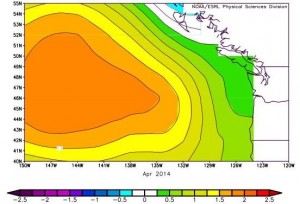What happened?
Recently Volkswagen admitted to using special software to lower emissions during laboratory tests on some of its diesel vehicles. Resulting, in half a million cars on US roads and 11 million worldwide that may be emitting substantially higher levels of nitric oxide and nitrogen dioxide (NOx). For example, the Volkswagen Jetta emitted levels of 15-35 times greater than dictated by the US standard of 31 milligrams per kilometre, and according to Quirin Schiermeie, the Volkswagen Passat emitted 5-20 times greater as well. Compared to the BMW X5 that remained at or below the standard except during rural uphill driving. Basically, Volkswagen could not balance performance with low pollution, so it cheated according to Brad Plumer.

Why does this matter?
Diesel exhaust is a major contributor to air pollution, diesel emissions contain carbon monoxide and NOx, both of which can have serious adverse health effects on people due to exposure. Mainly, Volkswagens manipulation of their emissions was concerned with NOx, which is a precursor to ground-level ozone and can cause severe respiratory problems according to the EPA. Furthermore, the fact that Volkswagen had been manipulating their emissions tests displays the lengths they will go to ‘save a buck’ and this adds the question that are they the only manufacturing company doing this? It would come as a shock in my opinion if they are the only company to be falsifying their reports, more than likely they are the only company that got caught. This scandal has exposed problems with our current emissions tests, therefore, we can not be certain on any other manufactures doing the same until the test have been revamped and redone on the other companies.
Well… What now?
Firstly, Volkswagens Chief Executive Martin Winterkorn has resigned following this scandal. As well, the EPA has announced that all new diesel vehicles will undergo tests for the purposes of investigating a potential defeat device. Nevertheless, Volkswagen isn’t getting away this easy as The Canadian Press states that “VW has already halted sales of some vehicles in the US and pledged to co-operate with regulators in an investigation that could, in theory, see the company fined up to $18 billion”, hopefully they will be held responsible for their actions and the case not be settled out of court. Potentially, Volkswagen may not be able to recover from there tainted image, as customers may not be able to ever fully trust them again.
By Mathew Golf








